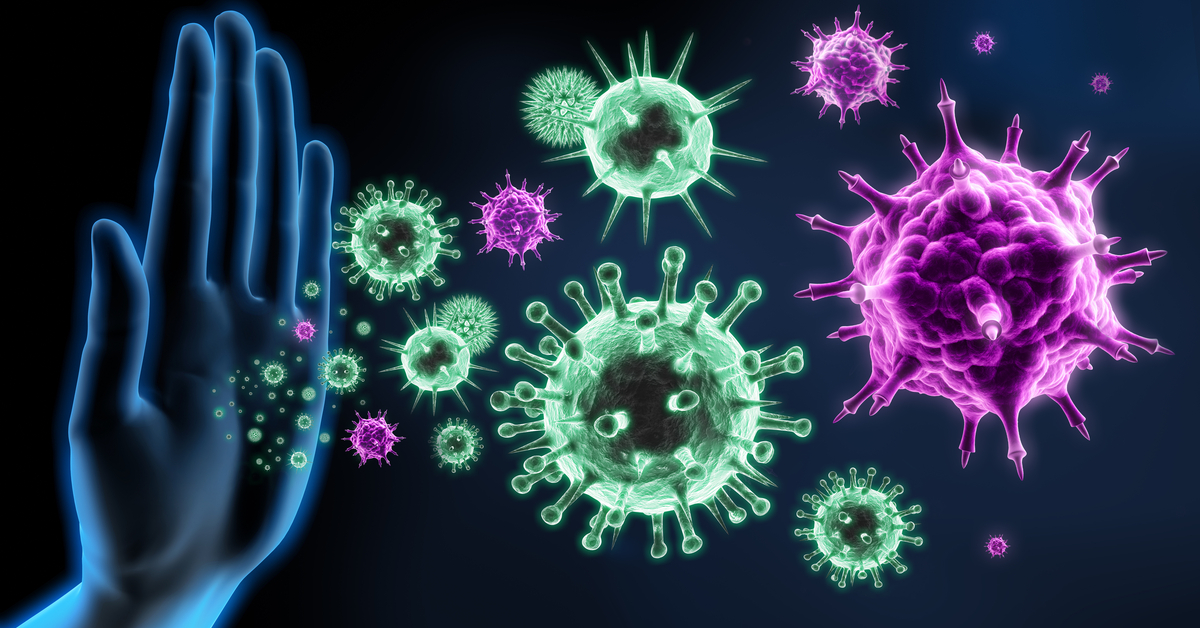Mycoplasma is a tiny organism that contaminates most cell cultures. Mycoplasma contamination is a major problem in cell culture because it causes significant changes in cell metabolism. Mycoplasma contamination usually goes unnoticed, unlike fungi and bacteria. Mycoplasmas don't cause observable changes like turbidity and rapid pH changes. Also, mycoplasmas grow in high concentrations and are invisible to the naked eye. Mycoplasmas are also undetectable under light microscopy.
Mycoplasma detection
Routine testing is the only way of confirming mycoplasma detection contamination. Different techniques to detect mycoplasmas include specific DNA staining, growth on agar, Elisa, PCR, enzymatic procedures, and RNA labeling. None of the methods are reliable, and multiple methods should be used simultaneously for maximum efficacy.
Direct growth methods are effective but take too long. Specific DNA staining is quick and easy to perform, but the interpretation of results is complicated.
The PCR method is affordable and fast but needs a stringent set up to prevent false positives.
Frequency is the key to mycoplasma detection testing. Contamination can happen fast and spreads more quickly. Labs relying on cell cultures must test them regularly.
Detection kits have been created to reduce the risk of contamination because research organizations deal with compliance issues and have limited personnel.
Prevention
Mycoplasma contamination can spread to other cultures once one culture is contaminated.
Mycoplasmas are sensitive to many disinfectants. Therefore, sterile culture work should be performed in fume hoods with disinfected equipment and surfaces. A fume hood with a vertical laminar-flow biohazard is effective.
You can also minimize environmental contamination by regularly cleaning other laboratory surfaces: purchase reagents and serum from trustworthy suppliers.
Also, suppliers should test their products for mycoplasma contamination. The laboratory should quarantine any incoming supplies until the contamination status is confirmed.
It's hard to eliminate existing contamination. The only efficient method of preventing contamination from spreading is by eliminating contaminated samples.

אתם חייבים להיות מחוברים על מנת לשלוח תגובה.